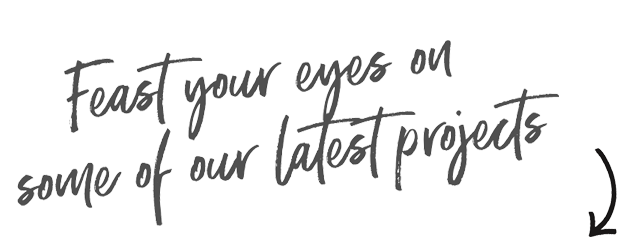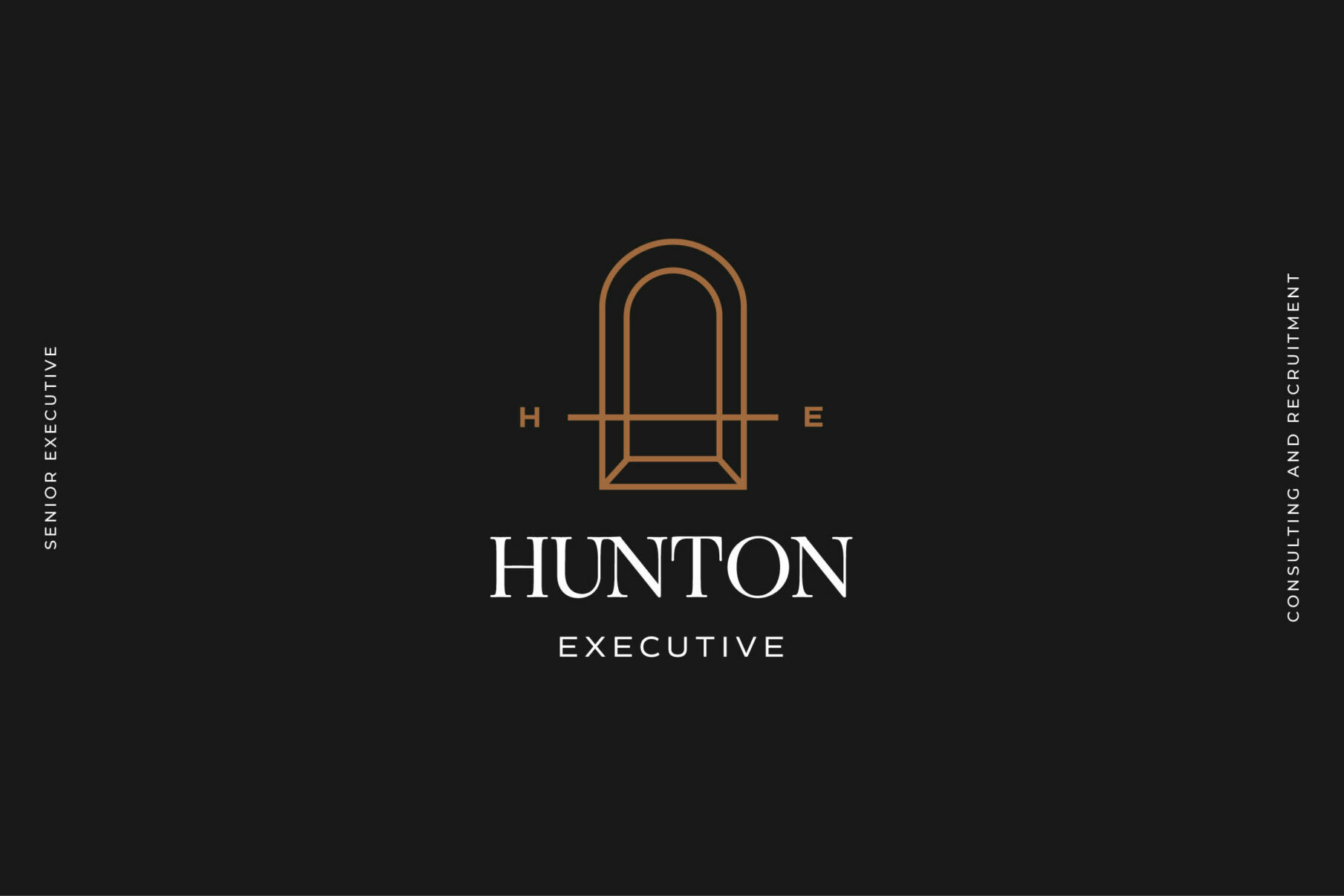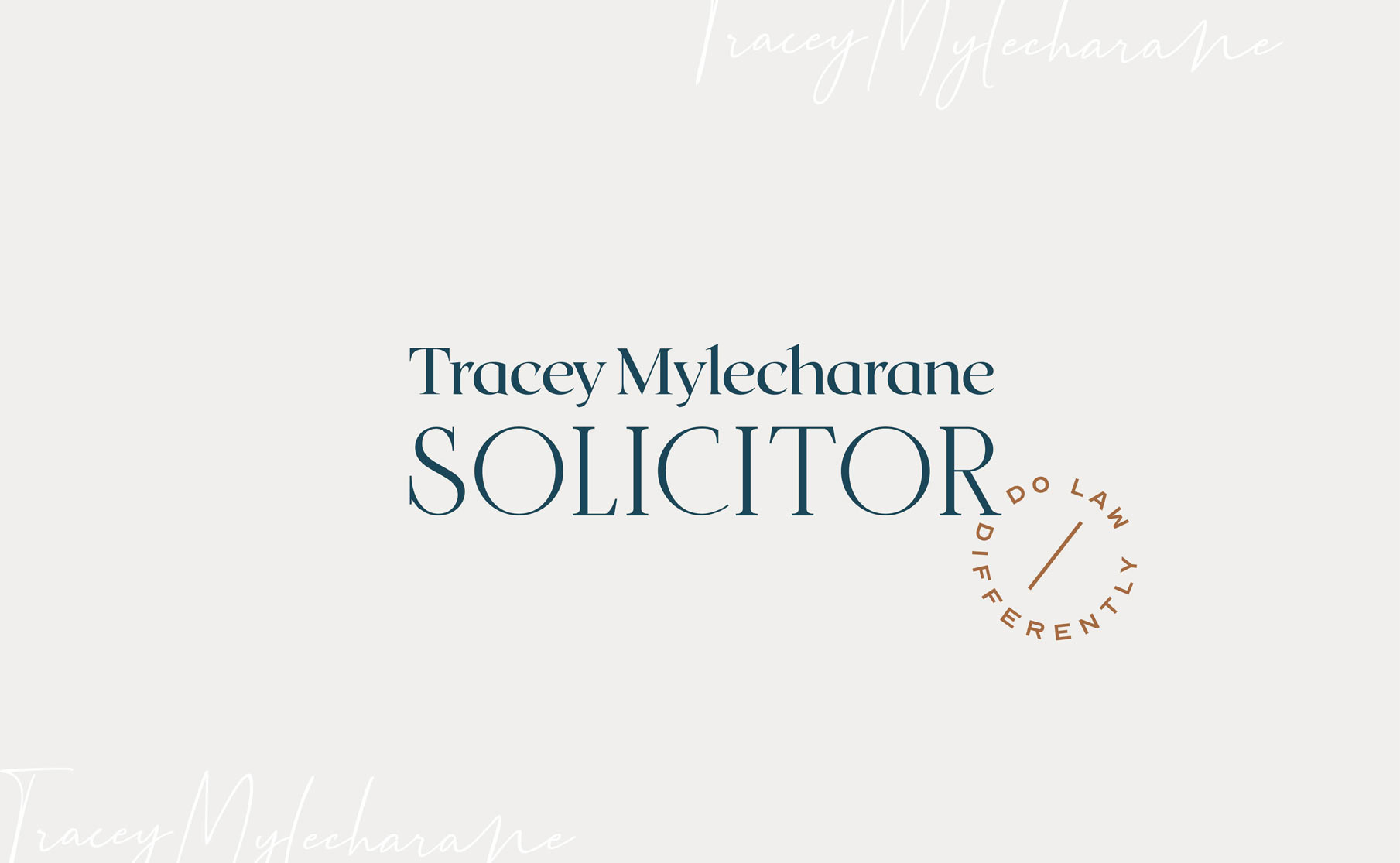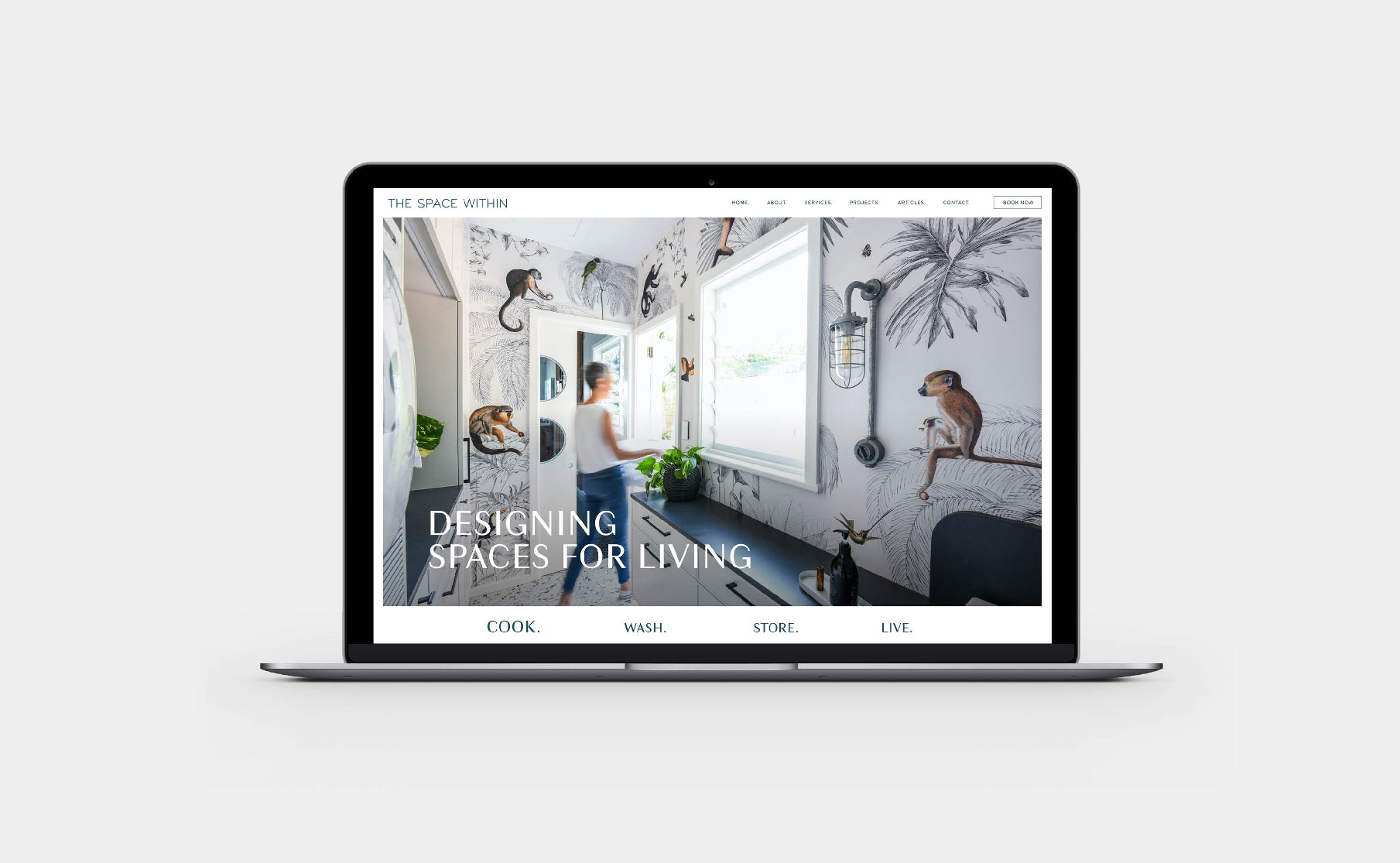
24 Oct Inclusive Design: Creating Web & Graphic Design for Neurodivergent Audiences
Designing for neurodivergent audiences is not only an act of inclusion but also a gateway to improving overall design practices.
Neurodiversity encompasses a wide range of cognitive differences, including conditions such as autism, dyslexia, and ADHD. By incorporating design elements that cater to the specific needs of these individuals, we create a more accessible and user-friendly digital landscape for everyone. In this blog post, we’ll delve into the intricacies of web and graphic design that accommodate neurodiverse users and enhance the experience for all.
While it’s challenging to create a one-size-fits-all solution for individuals with neurodivergent conditions, adopting inclusive design practices and keeping these broad considerations in mind can go a long way in creating a digital environment that is more welcoming and accommodating to a wide range of users. The key is to be open to feedback and willing to make adjustments based on the diverse needs and preferences of your audience. Below are some of the key insights we’ve gathered from our research on designing for neurodivergent users, which will help you create a more inclusive and accessible digital experience.
Designing for Dyslexia
- Readable Fonts: Dyslexic individuals often benefit from sans-serif fonts, as they are easier to read. Additionally, consider using larger line spacing, approximately 1.5 or 150%, as it can enhance readability by reducing visual clutter. Avoid underlining and italics, as they may make the text appear to run together. Instead, use bold for emphasis and opt for lowercase letters, for continuous text as they are easier to read. Some dyslexic people find that larger line spacing improves readability. It should be proportional to inter-word spacing; 1.5/150% is preferable.
- Structure: To provide consistency and predictability, use headings and styles to create a structured layout that helps users navigate through your content. Headings should be at least 20% larger than normal text. Add extra space around headings and between paragraphs and try to ensure that hyperlinks look different from headings and normal text.
- Colour: Use single-colour backgrounds to reduce distractions. Avoid background patterns or pictures that may make the content harder to focus on. There should be sufficient contrast between background and text, using dark-coloured text on a light (but not pure white) background. Avoid using green and red/pink, as these colours can be challenging for individuals with colour vision deficiencies (colour blindness).
- Recommended Fonts: For individuals with dyslexia, consider fonts like Open Sans, which features a high x-height and generous letter and word spacing, making reading less challenging. Arial and Helvetica are other suitable options due to their ease of reading and uniform letter size and shape.
Designing for ADHD
- Simplicity is Key: People with ADHD often struggle with organisation and focus. To cater to their needs, create interfaces that are easy to navigate and use. Minimize distractions on the screen by employing a consistent layout and colour scheme.
- Balancing Engagement: People with ADHD may be more likely to engage with interfaces that are visually stimulating, interactive, or gamified. However, it’s essential to strike a balance between engagement and overstimulation, as an excess of visual or auditory input can be overwhelming.
- Colour and Fonts: Limit your colour usage and ensure there’s enough contrast for readability. Consistency in font and heading styles is essential. Write clear and specific instructions, which is good practice for all users.
- Avoid Auto-play: Avoid auto-playing videos or sound-related elements, as they can be disruptive. Instead try to use a clean layout that minimizes distractions, and ensure that links and buttons are visually distinct, descriptive, and concise.
- Logical Reading Order: Arrange content in a logical order, flowing from top to bottom, ensuring a clear and easy-to-follow direction.
- Control Auto-Updating Content: Allow users to pause, stop, or hide automatically moving, blinking, or scrolling content after a few seconds to prevent distractions.
- Be Predictable: Design with consistency in mind to limit decision fatigue. Clear and consistent navigation helps users make informed choices.
Designing for Autism
- Simplify Text: Use simple sentences, bullet points, headings, and subheadings to break up lengthy passages of text. Large walls of text can be challenging for many people, but they can be especially difficult for individuals with autism.
- Colour Considerations: Avoid bright, contrasting colours that can lead to sensory overload. Bright colours and strong contrasts can be experienced as overwhelming, causing stress and anxiety.
- Visual Cues: To support understanding, use visual cues such as pictures and icons alongside text to illustrate concepts.
- Clear Language: Employ clear and straightforward language to enhance comprehension. Autism can be associated with a sensitivity to sensory information, including the brightness of colours.
Incorporating these design considerations goes beyond catering to neurodiverse audiences. It’s about improving the overall user experience for everyone. By sticking to accessibility standards and acknowledging the diverse needs of users, we create web and graphic designs that are not only welcoming to neurodivergent individuals but also more user-friendly for the masses. Inclusive design practices benefit everyone, ensuring that digital spaces are accessible and engaging for all.
References:
- “British Dyslexia Association Style Guide” (2023)
- “How to Make Your Website More Accessible for People with ADHD” (BOIA, 2023)
- “Web Content Accessibility Guidelines” (WCAG)
- “Designing for People on the Autism Spectrum” (Scope, 2023)
LIKE THIS AND WANT MORE?
If this is the kind of content that speaks to you, follow us on Instagram. Or you can also sign up to our newsletter for weekly goodness delivered straight to your inbox. Yes, that’s right – Weekly Goodness – no-one hates SPAM email more than we do!


